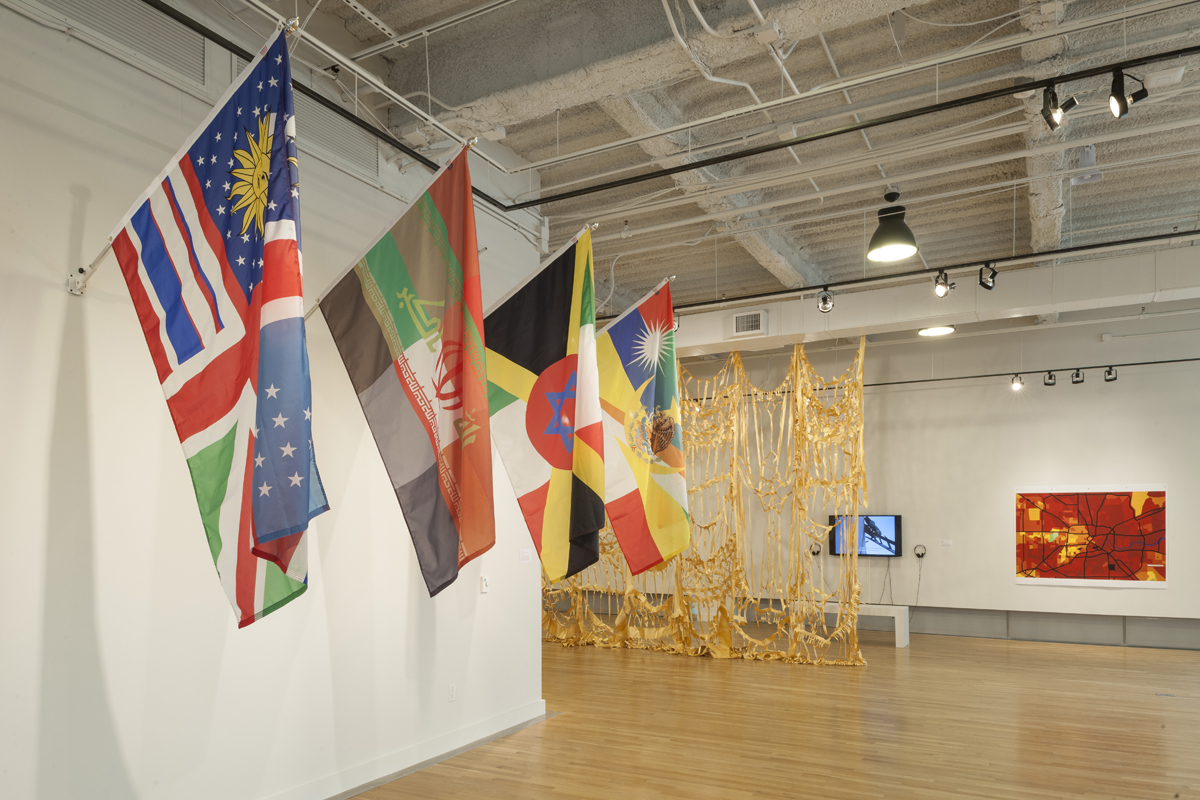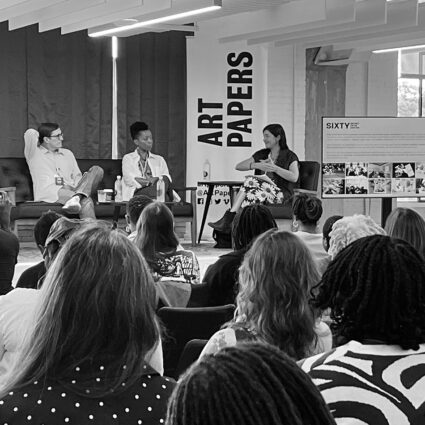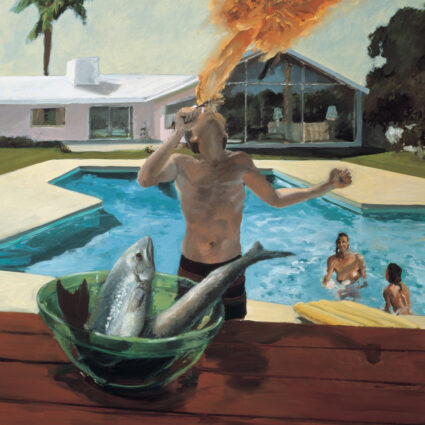As Trump “reviews” the Smithsonian and NEA rules shift, New Mexico arts groups are weighing whether to reject state grants tied to federal funding.

A quiet revolution is underway in the Southwest as New Mexico arts organizations resist federal anti-DEI efforts seeping into state grant programs.
Just a few months ago, arts leaders in the Southwest were lamenting the loss of grant funding after the National Endowment for the Arts changed its award criteria. Now, some New Mexico arts organizations could become the ones putting the brakes on grant funding, by refusing to sign state grant contracts that include federal anti-DEI language.
The New Mexico efforts come as a high-profile national initiative called Collective Courage is taking shape, anchored by a statement with over 1,000 signatures. In New Mexico, a coalition that’s largely flown under the radar is demonstrating collective courage on a different scale, working under significant time pressure because the state cut-off to accept or reject grant awards is September 19.
When news of NEA grant clawbacks broke in May, several arts leaders across New Mexico joined forces to counter grant changes and other government policies and practices that threaten the cultural ecosystem, recalls Rose Eason, executive director for Gallup Arts.
The informal coalition that includes about two dozen arts organizations began meeting monthly on Zoom to brainstorm, share information, and offer mutual support. “It’s a good idea to get organized and be in dialogue with other groups when you’re facing these challenges,” reflects Eason. “We don’t want people to feel like they’re doing all this work alone.”
Initially, they focused on changes to grant criteria at the NEA, the National Endowment for the Humanities, and the Institute of Museum and Library Services.
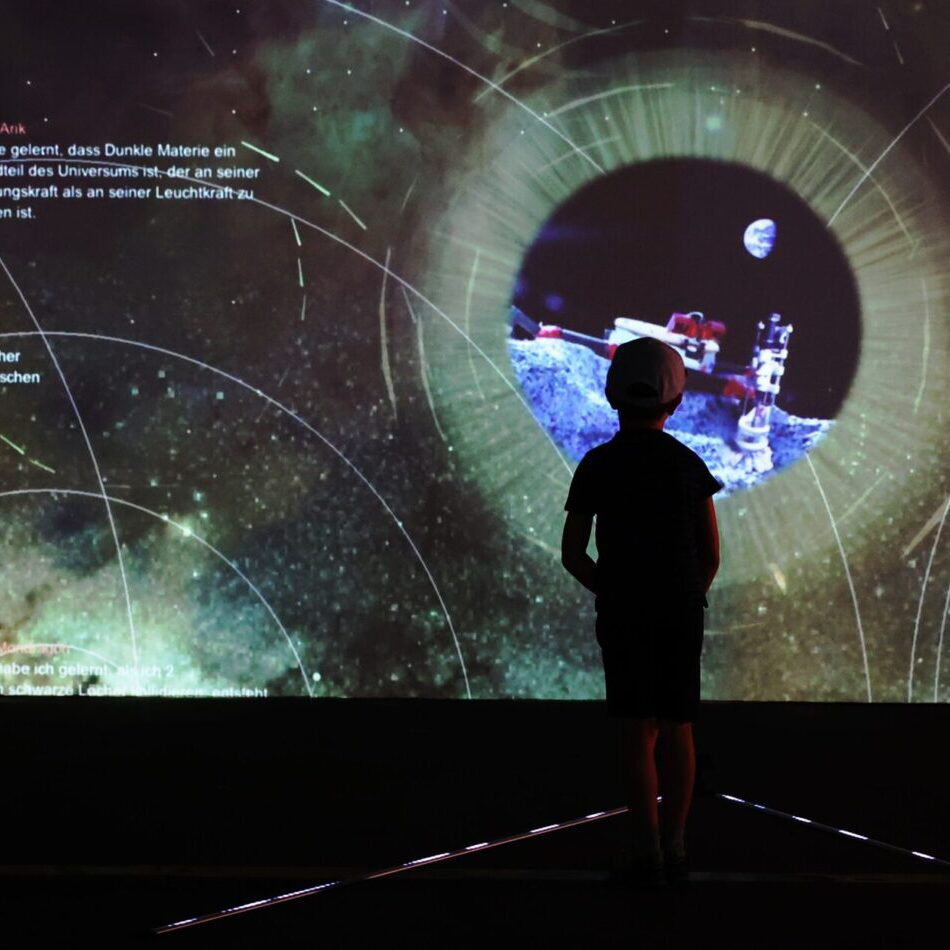
But lately they’ve been discussing New Mexico Arts, a state agency and NEA affiliate that offers grants to state arts organizations using funds it receives from the NEA.
Some arts leaders consider taking those funds a tacit endorsement of Trump administration changes to the NEA, and there are concerns that accepting a state grant could be problematic because of federal anti-DEI language included in New Mexico Arts grant contracts.
We know how to fight this fight and persevere. We’re not going to stop or change what we’re doing.
Arts organizations have until Friday, September 19, to notify the state agency of whether or not they wish to receive grant funds in the current cycle, according to Michelle Laflamme-Childs, executive director of New Mexico Arts. The leadership for SITE Santa Fe was among those still discussing which way to go, according to their grants manager Erin De Rosa.
Whatever particular groups decide, it’s clear that arts leaders in the Southwest aren’t backing down.
“We know how to fight this fight and persevere,” says Matt Thomas, executive director for the Paseo Project in Taos. “We’re not going to stop or change what we’re doing.”
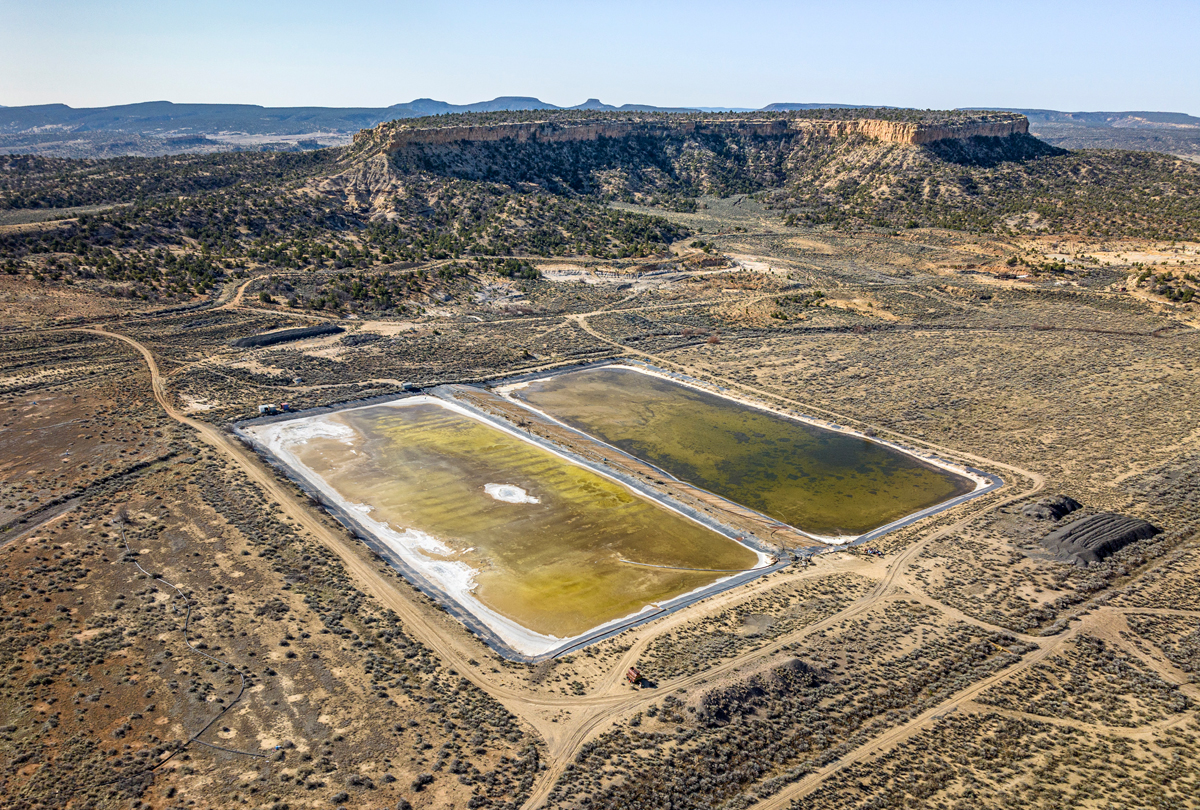
Meanwhile, other threats are looming on the cultural horizon.
In April, for example, a conservative group filed a complaint with the U.S. Internal Revenue Service, alleging that the national Creative Capital Foundation engaged in racial discrimination by excluding white applicants from a particular grant process and should therefore lose its tax-exempt status.
Southwest-based artists who received Creative Capital grant funding during 2025 include Shayla Blatchford for the Anti-Uranium Mapping Project and Steve Parker for Houston Is Sinking.
We wanted to create a vehicle that’s unifying and supports the independence and autonomy of the cultural sphere
On another front, the Collective Courage initiative is giving artists, arts organizations, and community members a new avenue for countering censorship and other threats to artistic and intellectual freedom.
Launched in late August by the National Coalition Against Censorship and the Vera List Center for Art and Politics in New York City, the initiative includes a “nation-wide statement of values and principles for the field of arts and culture” focused on the essential role of freedom of expression in democratic societies.
Basically, those who sign the statement affirm their commitment to act as guardians of artistic freedom and independent thought, to resist external pressures while affirming programmatic independence, and to stand with fellow institutions facing political pressure. To date, the informal coalition in New Mexico has not released a formal, public statement, by the way, although Eason says they may do so down the road.
“We wanted to create a vehicle that’s unifying and supports the independence and autonomy of the cultural sphere,” explains Elizabeth Larison, the arts and culture advocacy program director for NCAC.
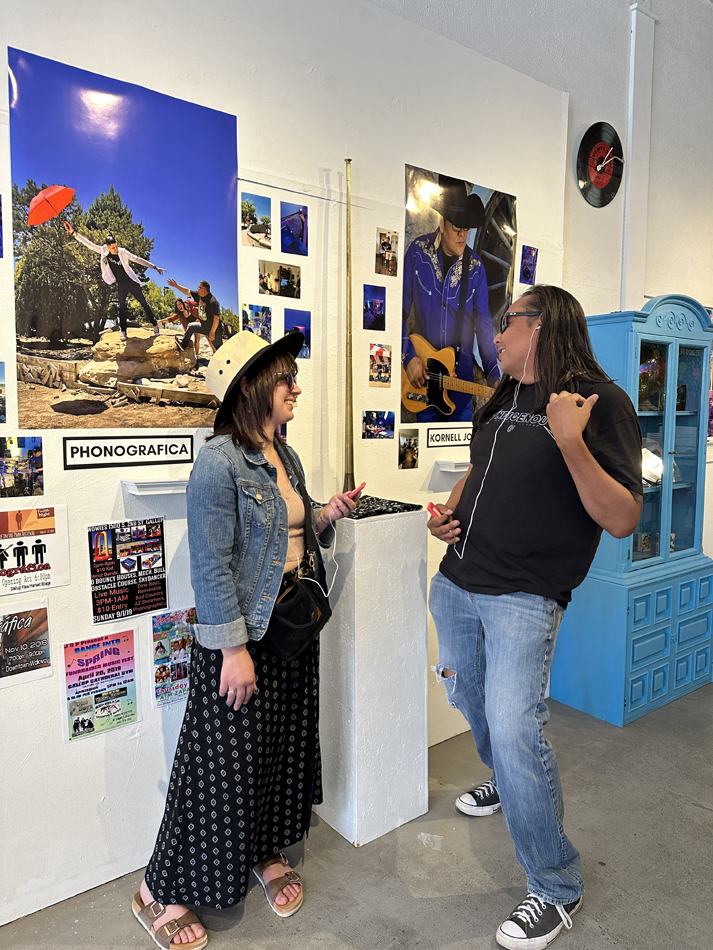
To date, the names of just over 1,000 individuals and organizations are listed as signatories online, and additional signatures are still being gathered.
In the Southwest, early individual signatories included Gabriela Rangel, who began her tenure as executive director of the Museum of Contemporary Art Tucson soon thereafter.
Institutions that signed on initially included Gallup Arts and Axle Projects in New Mexico, the Museum Association of Arizona, and Texas-based DiverseWorks. Since then, 516 Arts in Albuquerque and others have followed suit.
“I just feel like we all need to be there for each other, to stand up for freedom of speech and artistic expression,” says Xandra Eden, executive director for DiverseWorks in Houston.
All this comes as the Trump administration is conducting an initial “review” of Smithsonian Institution exhibitions, collections, and programming. Trump has signaled that he plans to expand the reviews to museums around the country, according to reporting by NPR.
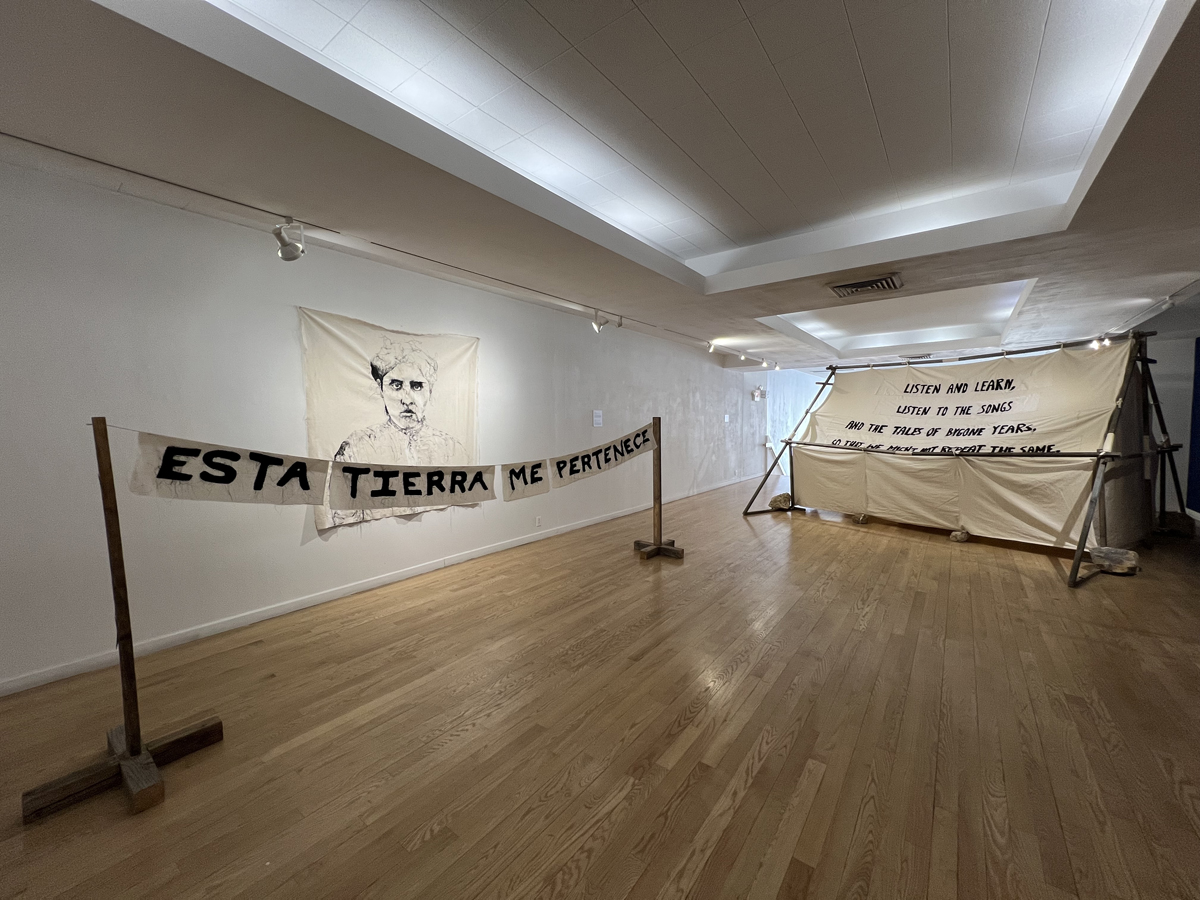
In the Southwest, the context also includes allegations of art censorship in several locations, such as Mesa, Arizona, as well as Vail, Colorado, and Lubbock, Texas.
“People are really waiting to see what types of changes or lawsuits come out of the Smithsonian reviews,” says Janice Klein, executive director for the Museum Association of Arizona. “There could be a ripple effect if they’re forced to change their exhibits.”
Elevating statements like the Collective Courage document, as well as official statements from various arts organizations and community coalitions, is one tool for demonstrating the depth and breadth of resistance to censorship. Just last month, the American Alliance of Museums issued a statement opposing “the growing threat of censorship against U.S. museums.”
The ongoing assault on public funding [is] an intentional, strategic dismantling of funding structures that cannot be built up again overnight.
Even if federal “reviews” of museum content never spread beyond the Smithsonian, Axle Contemporary co-founder Matthew Chase-Daniel in Santa Fe expects federal funding cuts to have a “chilling effect” on arts organizations in and beyond the Southwest. “Things can disappear,” he says, “if there’s no money to support them.”
Carin Kuoni, senior director and chief curator for the Vera List Center for Art and Politics, calls to mind historical antecedents including federal legislation that prompted the NEA to stop funding individual artists in the early 1990s, a practice that continues today.
“The ongoing assault on public funding for the arts isn’t just about the amount of funding,” explains Kuoni. “It’s an intentional, strategic dismantling of funding structures that cannot be built up again overnight.”

Amid all this, online resources are also helping creatives meet the moment.
The NCAC website has information on artist rights, censorship, curating difficult content, and managing museum controversy. The coalition also has an online form for reporting censorship.
The Americans for the Arts Action Fund tracks Trump’s executive orders impacting arts and culture on its website, which also features tips for handling federal grant terminations.
Moving forward, organizers hope to gather more Collective Courage signatures, even as artists, arts leaders, and advocates find additional ways to repel government intrusions into cultural spaces.
Meanwhile, the New Mexico arts leaders who coalesced around federal funding issues plan to continue their collective efforts.
“These are dark times,” reflects Matthew Chase-Daniel of Axle Contemporary. “We might get targeted or put on a list somewhere, but it’s important to keep speaking out.”
